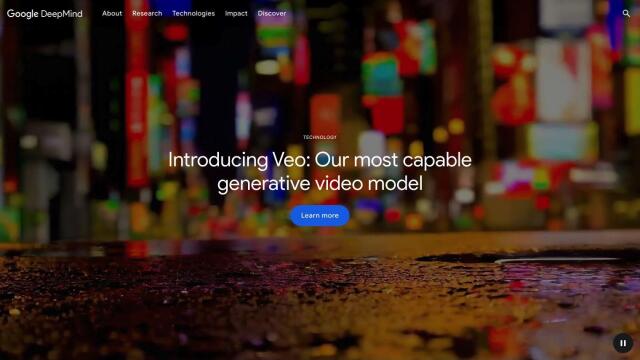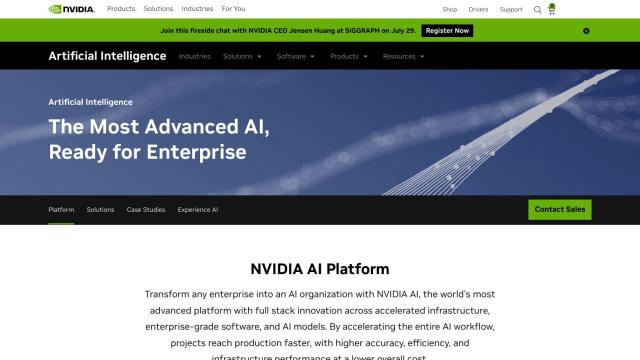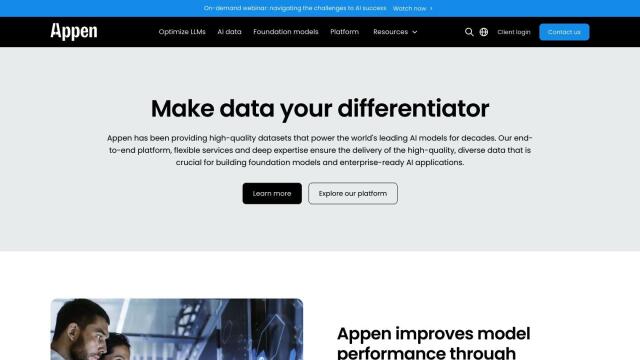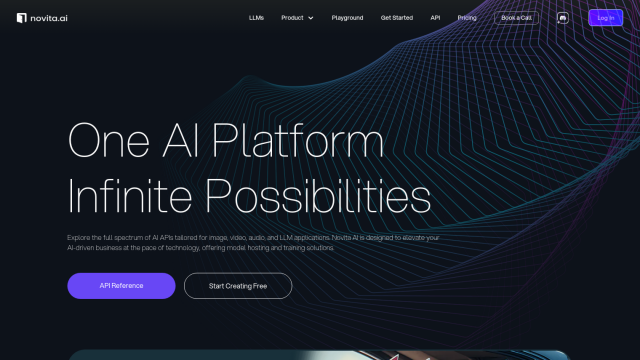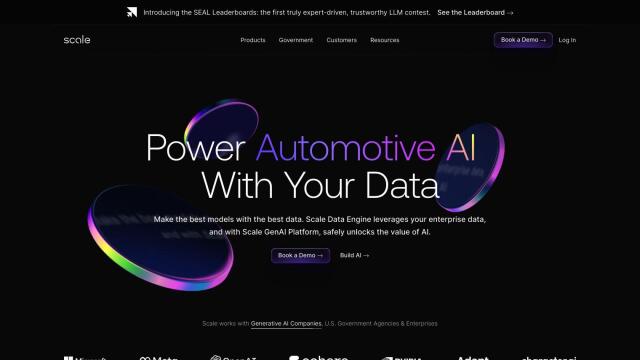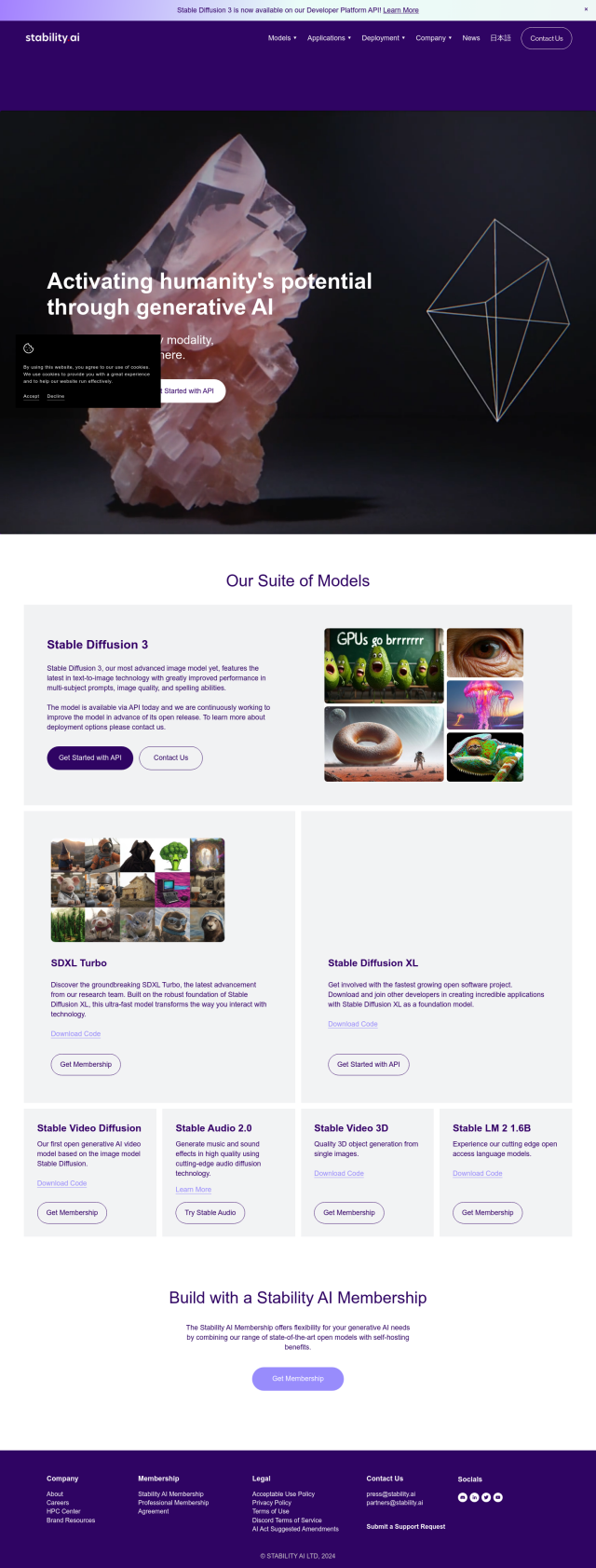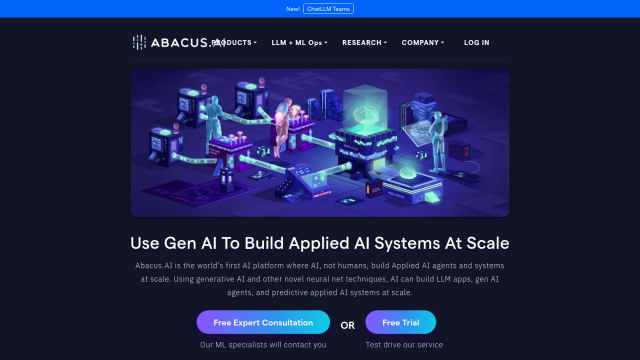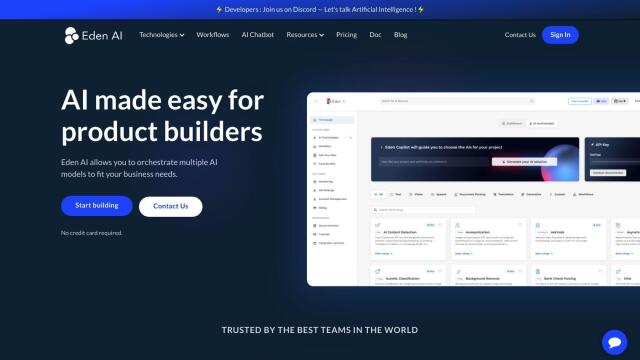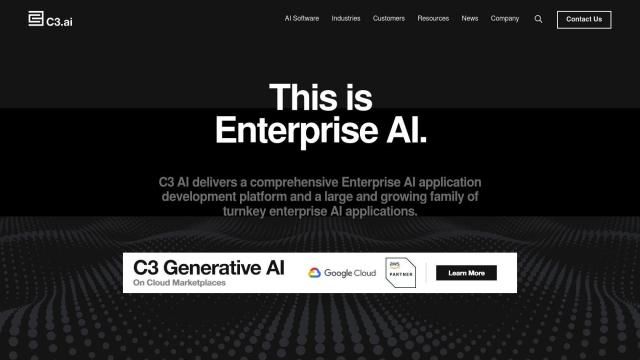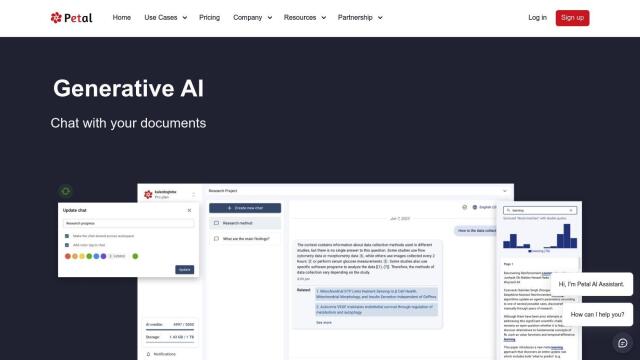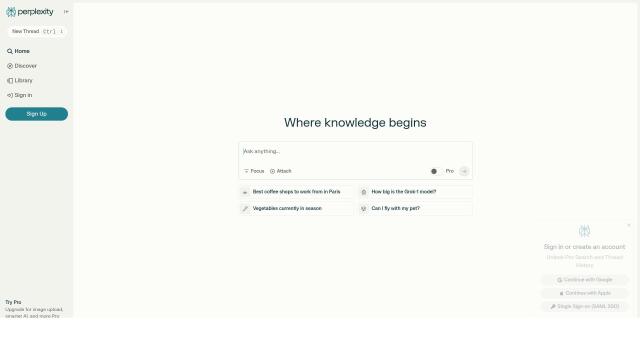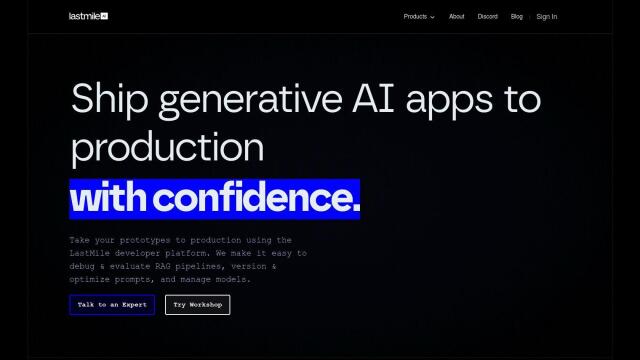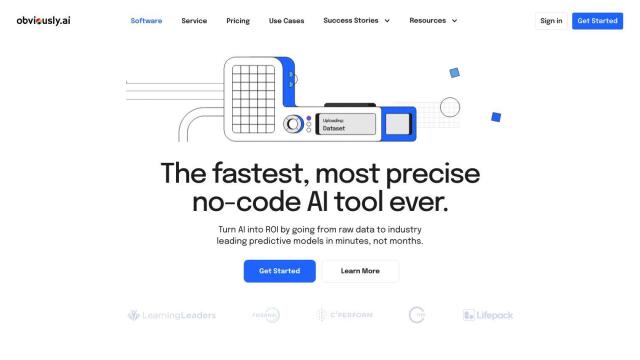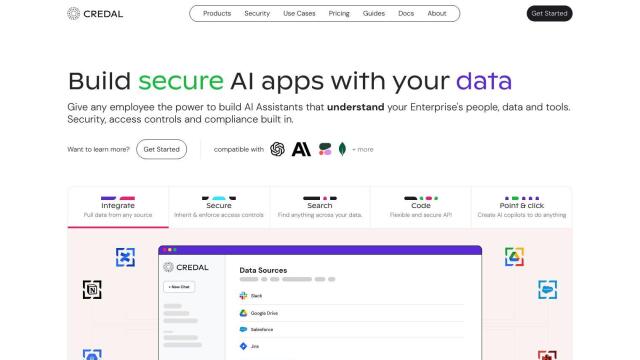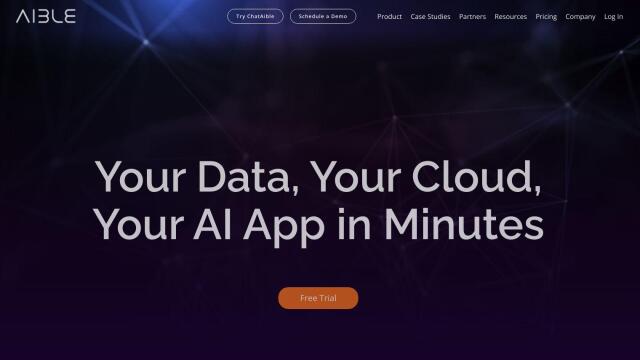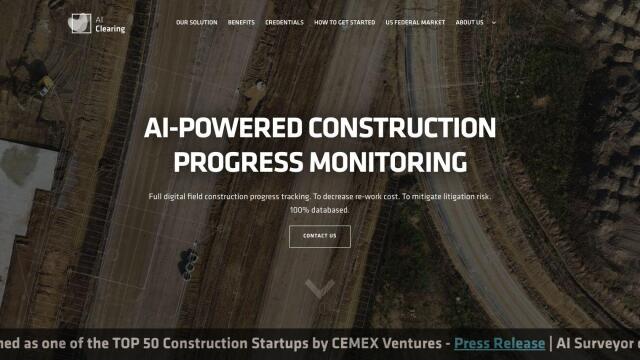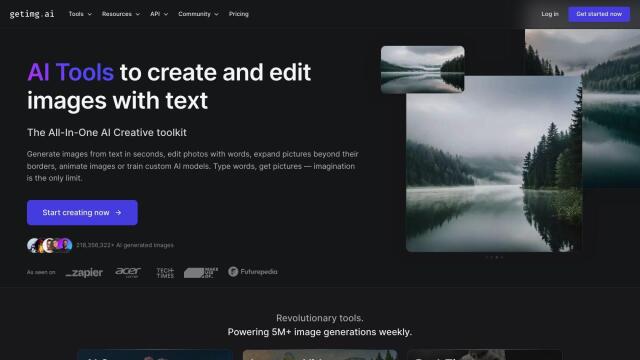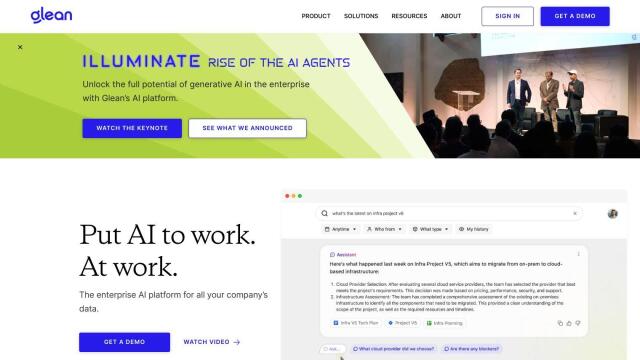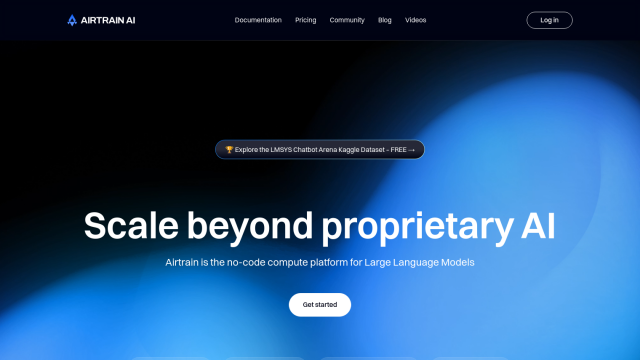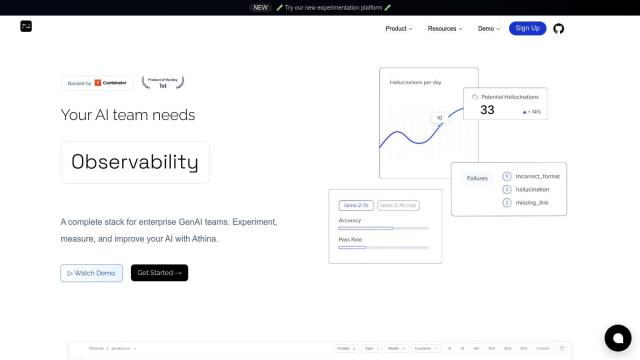Question: Do you know of any AI-powered tools that analyze rock images and provide petrophysical and geological analog data for calibration?

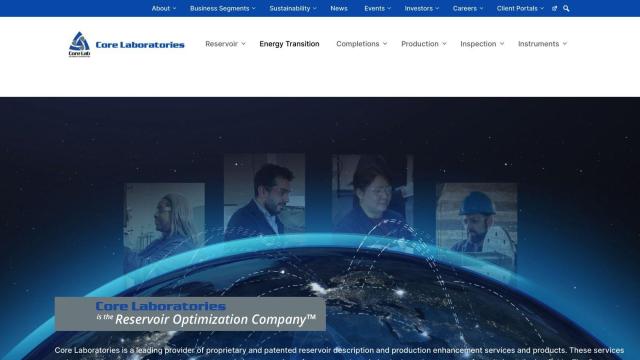
Core Laboratories
For AI-powered tools that analyze rock images and provide petrophysical and geological analog data for calibration, Core Laboratories offers an array of services to help optimize reservoir performance and maximize hydrocarbon recovery. They provide Core Predict AI-powered thin section image analysis, which leverages advanced AI to analyze images of rocks and provide detailed petrophysical and geological data. This service can be particularly useful for oil and gas companies looking to improve their understanding of subsurface formations.

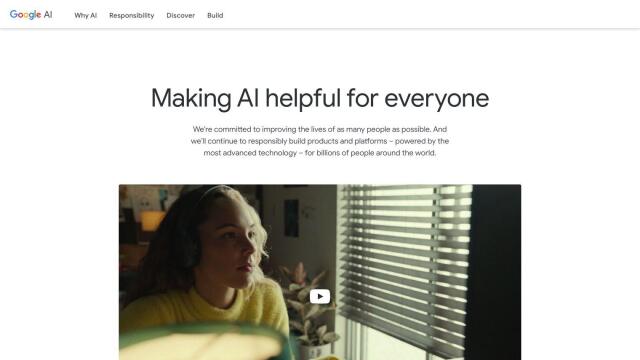
Google AI
Another noteworthy platform is Google AI, which offers a broad range of AI tools and products designed to help people learn, create, and compute more effectively. While it is a general AI platform, it includes generative AI abilities that could potentially be adapted for analyzing and processing rock images. The platform also provides tools like Google AI Studio and Firebase for building AI-infused apps, which might be useful for developers looking to integrate AI into their rock image analysis projects.

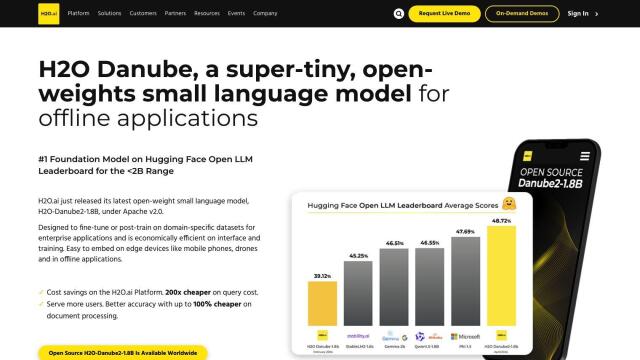
H2O.ai
If you need a more comprehensive AI platform, H2O.ai could be a suitable option. It combines predictive and generative AI to help businesses analyze and generate content, and it supports deployment in various environments such as cloud, hybrid, and on-premises. While it is not specifically tailored for rock image analysis, its capabilities in document analysis and generative AI could be adapted for this purpose.

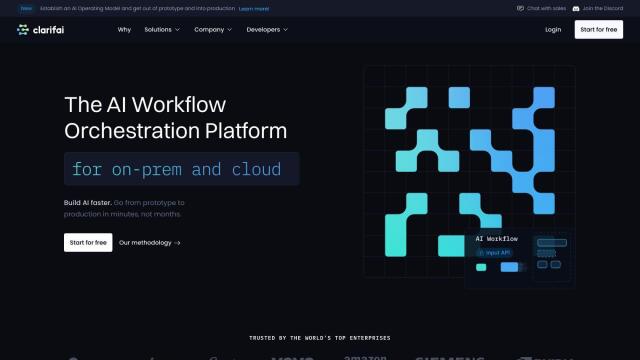
Clarifai
For a more focused approach, Clarifai offers an AI workflow orchestration platform that simplifies the process of building, managing, and operationalizing AI projects. It includes features for data labeling, generative AI, and content moderation, which could be useful for analyzing and processing large datasets of rock images. Its ability to standardize workflows and improve efficiency could be particularly beneficial for organizations looking to streamline their AI-driven rock image analysis processes.

